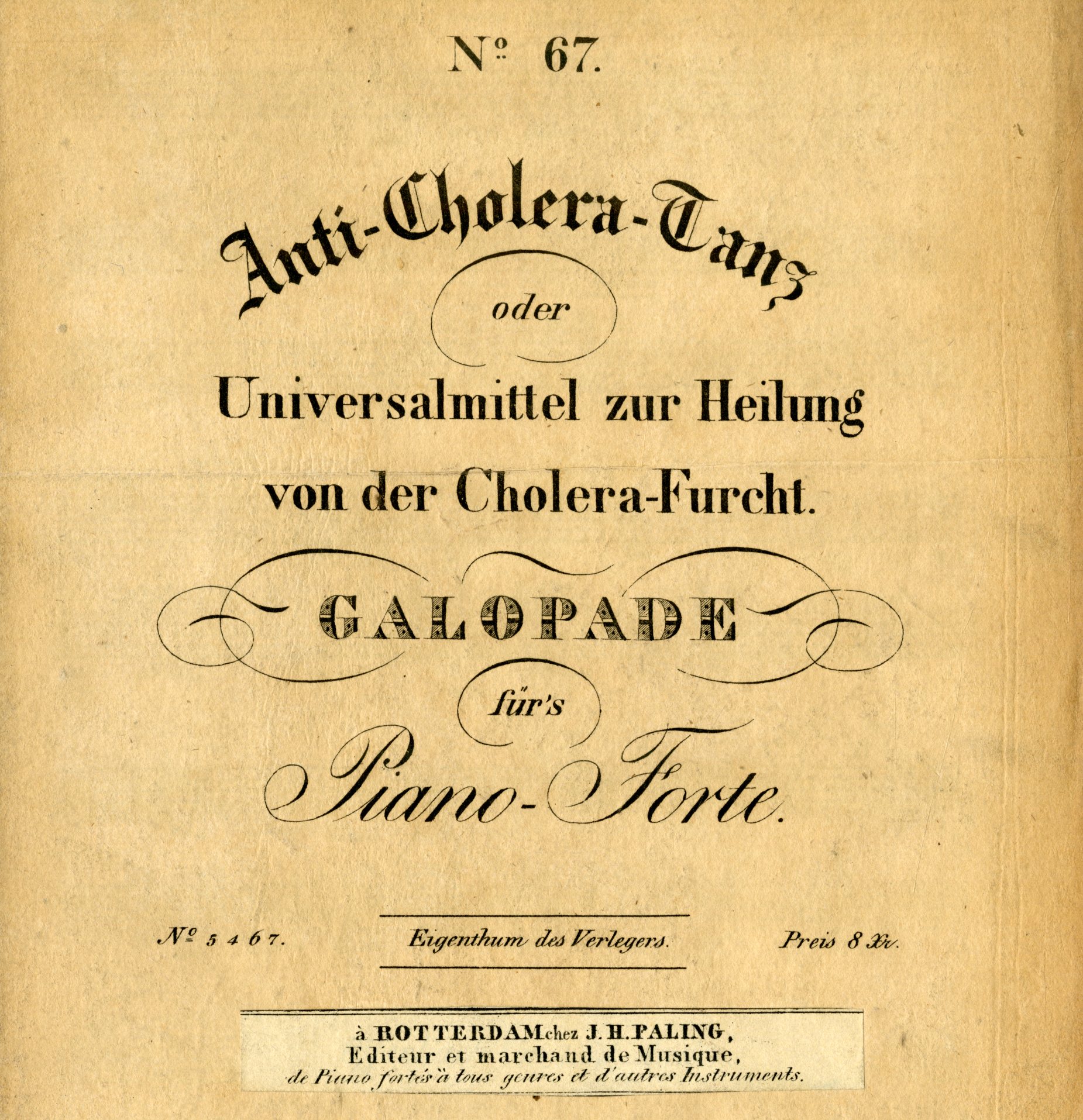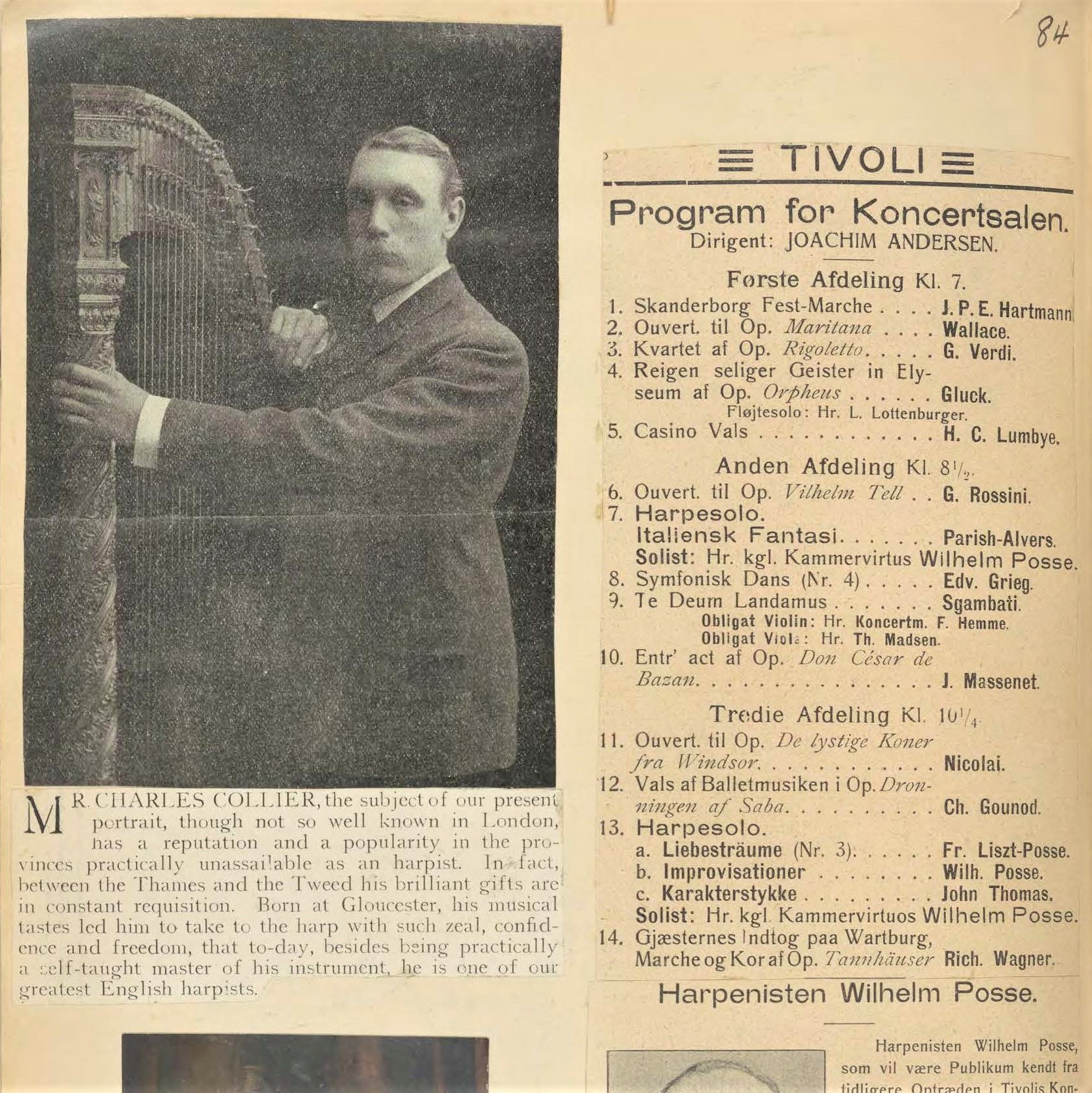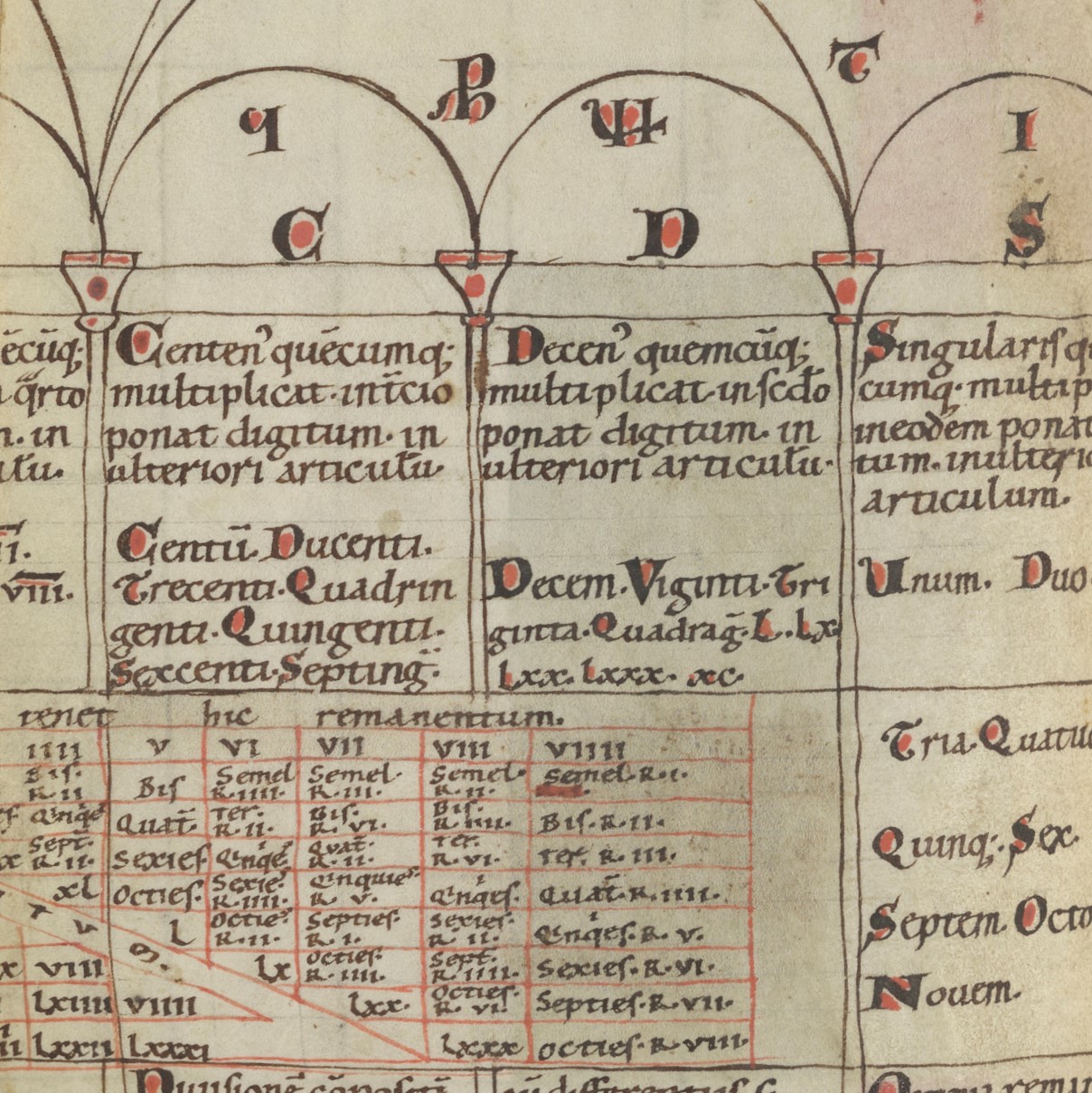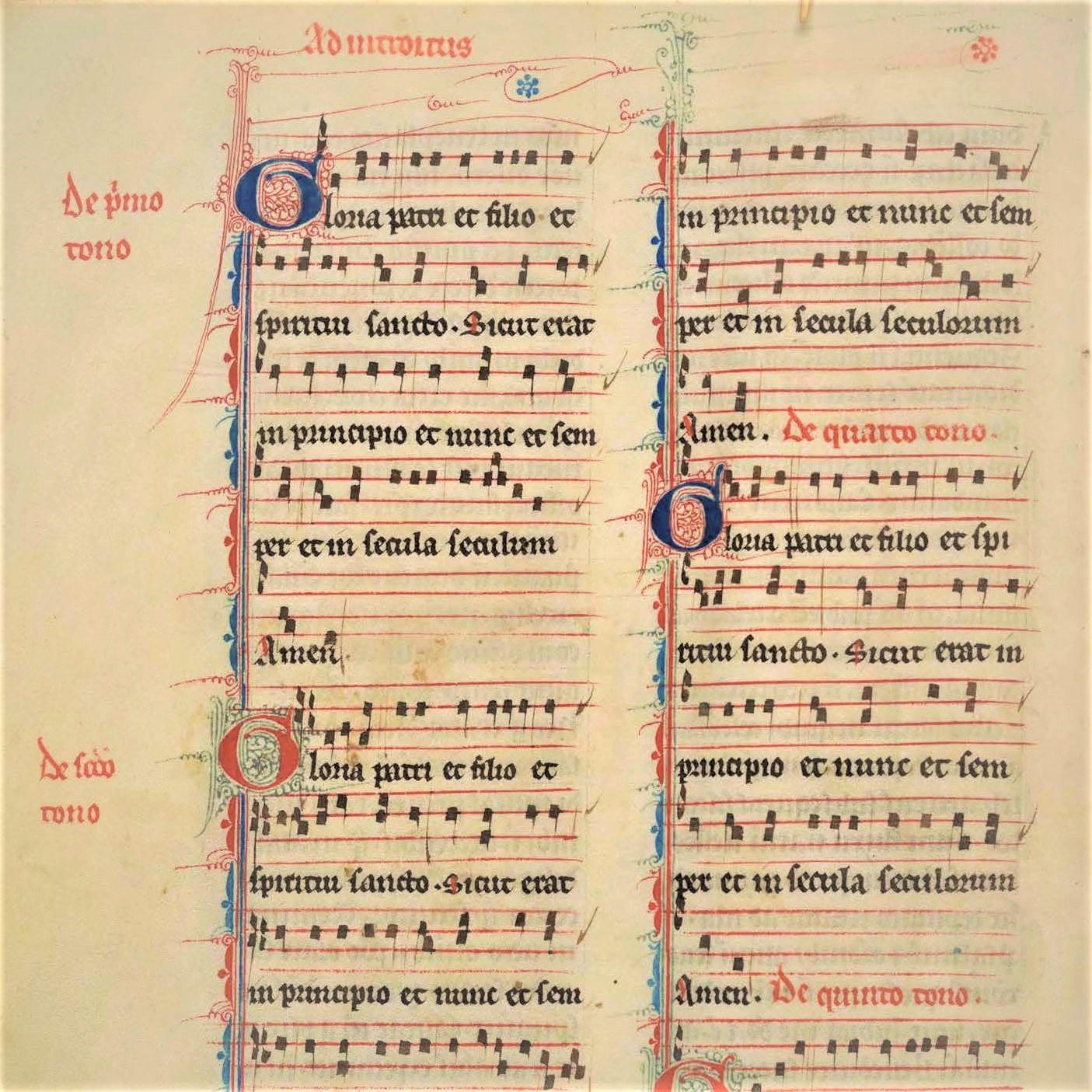Recently Digitized Holdings
The Ruth T. Watanabe Special Collections has an ongoing effort to digitize its rare and unique collections to facilitate wider access to these materials and ensure their preservation. The digitization of RTWSC holdings, including rare books and scores as well as materials from archival collections, complements Sibley Music Library’s larger public domain digitization project, through which over 20,000 scores and books have been made available on our Digital Repository.
Below, we highlight several notable and interesting scores and other items from RTWSC that have been newly digitized. We thank Lisa Wright and the University of Rochester’s Digital Scholarship Lab for their technical support.
This 1831 galopade, published during the height of a cholera epidemic in Europe, bears the timely title “Anti-Cholera-Tanz.” The piece is characteristic of salon music of the time, when many composers and publishers sought to woo buyers by evoking recent events, famous performers and politicians, technological innovations, and other ephemera in their music (or the titles, at least). Other similar pieces from the 1830s include the “Valse homéopathique” (ca. 1820, republished ca. 1830) by C. L. Kaehler (“recommandée, comme égayante, contre la Choléra morbus et dédiée à tous les amateurs de l’homéopathie”) and “Cholera-Sang” (1831) by Peter Caspar Krossing.
Alfred Holý Scrapbook, Box 4 of the Artiss de Volt Collection.
Alfred Holý (1866–1948) was a prominent 19th-century harpist who performed with several major orchestras over his career, including the Berlin State Opera, Vienna Court Opera, and Boston Symphony Orchestra. This remarkable scrapbook, kept by Holý from 1881–1937, preserves numerous press items—concert programs, reviews, biographies, obituaries, photographs, artwork, and more—related to the harp and prominent harpists of the late 19th and early 20th centuries. Holý presented the scrapbook to his student Artiss de Volt in 1949, and it now resides in the Artiss de Volt Collection along with additional papers, photographs, and correspondence from Alfred Holý and nearly 120 scores for harp from Miss de Volt’s library.
ML92.1100: Codex saeculi XI … [Rochester Codex] (ca. 1070–1103)
This 11th-century manuscript, commonly known as the Rochester Codex, contains various treatises on the arts of the Middle Ages, including musical treatises by Hermannus Contractus (the leading German music theorist of the Middle Ages), Berno Augiensis, Willehelmus Hirsaugiensis, and Frutolf of Michelsberg. Most notably, it is one of only two known sources of Hermannus’s essay Musica. The codex, comprised of 116 vellum leaves sewn into 14 signatures, originated at the Benedictine monastery on the island of Reichenau in southern Germany. The constituent leaves were stitched into modern binding in the late 1970s.
M2147.G733 XIII: Graduale ad usum ordinis Praedicatorum … (ca. 1253–1262)
Dating from the second half of the 13th century, this Dominican gradual contains music for the Mass and some offices. The French text is written in two columns in red and black gothic script, with music notation on red four-line staves. Nearly all of the manuscript’s 406 vellum leaves are embellished with intricate decorative work, and many feature illuminated initials in gold, blue, and red. Marginal notes are present throughout the manuscript, including extensive markings on the calendar of the Saints, where names have been added or erased.




